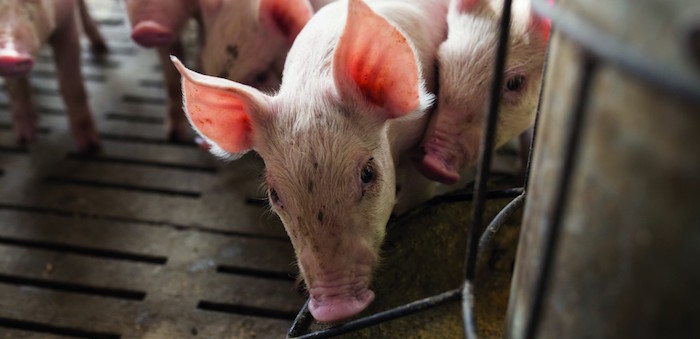The USDA forecast global pork production to rise almost 2% on the year to 113.1 million tonnes in 2018.
Expansion in China is anticipated to be the driving force behind the increase, with pork production expected to rise 2% to nearly 55 million tonnes in 2018. As such, China alone is forecast to account for 61% of the overall growth, to make up 48% of total global output. In this case, China’s pork imports are likely to decline for the second consecutive year, as domestic production fulfils a higher proportion of demand. Nonetheless, China is expected to remain the top global importer of pork.
Following increases in 2017, US production is forecast to grow 4% in 2018, to 12 million tonnes. Plentiful supplies are likely to weigh on markets, as the number of sows farrowed are projected to increase and number of piglets per litter is forecast to reach record levels. As such, US exports are forecast to increase almost 5%, with shipments to Asia remaining robust.
The EU is the only major producer forecast to reduce production in 2017 and 2018, in response to subdued domestic and export demand. This is not hugely dissimilar to the projections of the EU short term outlook, which anticipated a fall in EU production in 2017, but the beginnings of regrowth in 2018.
Appreciation of the euro is expected to impair the competitiveness of EU exports on the global market, while reduced import demand in China may limit export growth. Despite this, the EU is expected to remain the largest pork exporter in 2018, with shipments forecast at 2.8 million tonnes.
Global exports are projected to rise by nearly 3% to 8.5 million tonnes in 2018, reflecting stronger demand in Mexico, the Philippines and South America. High domestic prices in Mexico are expected to be countered by lower priced imports from the US, making pork more economically accessible and increasing per capita consumption
 .
.




